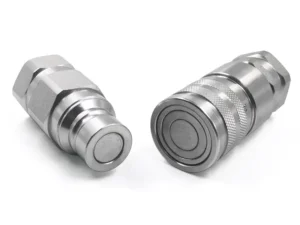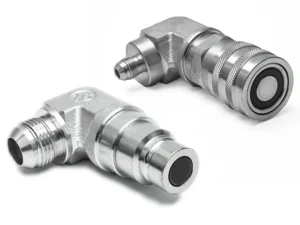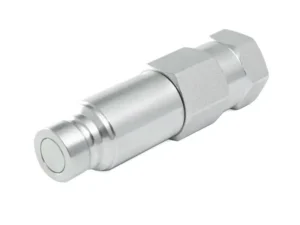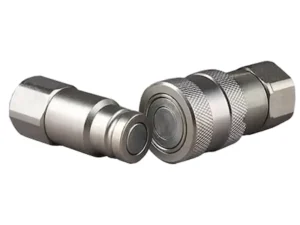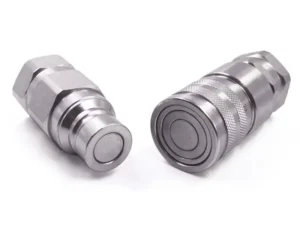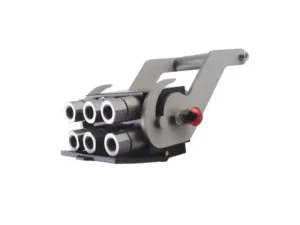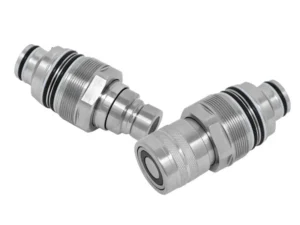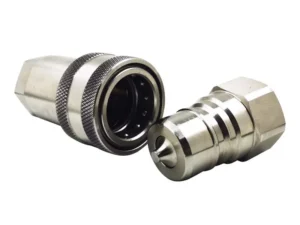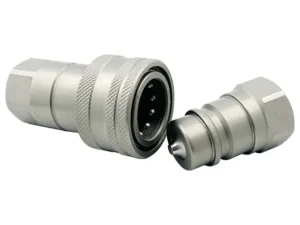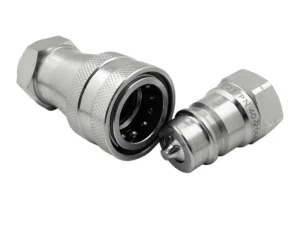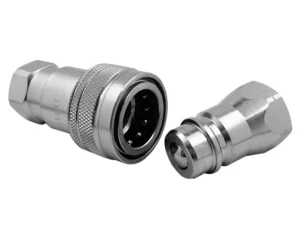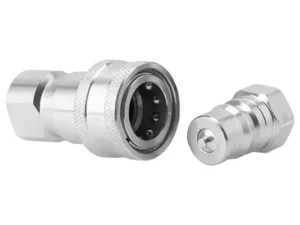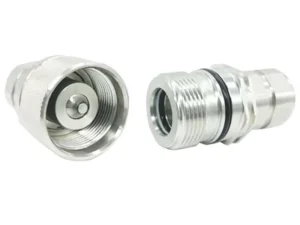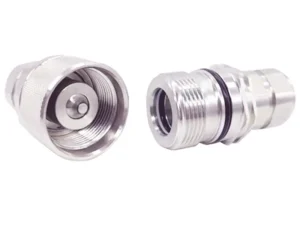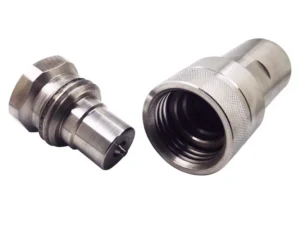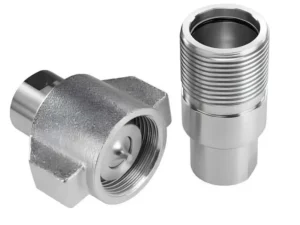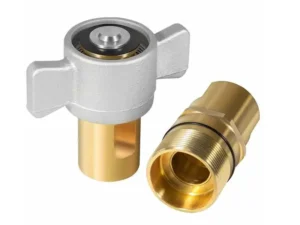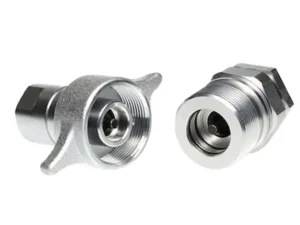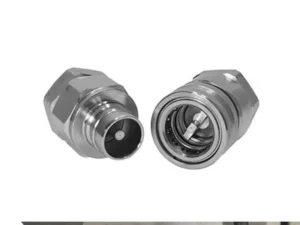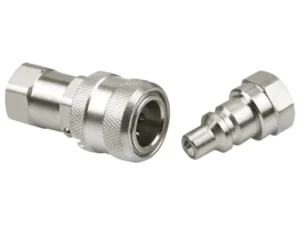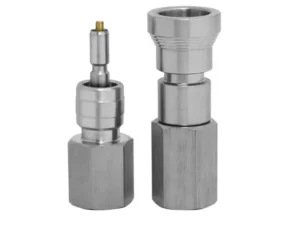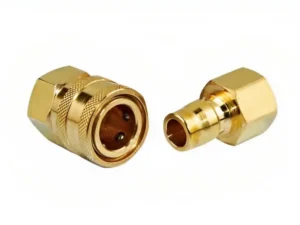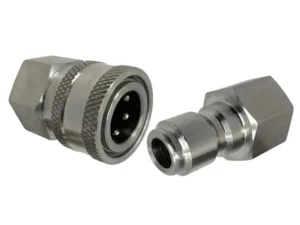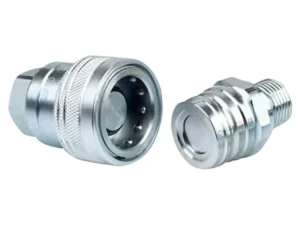Applications of quick couplings
Hydraulic Quick Couplings for Construction equipments
Quick Couplings in Construction Equipment
Hydraulic systems are the lifeblood of most modern construction equipment, providing the immense power and precise control needed for tasks like digging, lifting, and moving heavy materials. These versatile systems use pressurized hydraulic fluid to transfer energy, allowing for smooth and efficient operation even under the toughest conditions.
Hydraulic quick couplings, aptly named, are game-changers in the construction industry. These nifty devices enable the rapid connection and disconnection of hydraulic lines, boosting efficiency, safety, and convenience on the job site.
Imagine this: You’re operating a massive excavator, needing to switch between a digging bucket and a breaker attachment. Traditionally, this would involve manual labor, wrestling with wrenches and heavy components under pressure. But with hydraulic quick couplings, the process becomes a breeze.
What is Quick Couplings?
Quick couplings, also known as quick connects or quick disconnects, are ingenious devices that simplify connecting and disconnecting lines that carry fluids (hydraulic and pneumatic systems) or even mechanical attachments. They offer a faster and more convenient alternative to traditional methods like threaded connections or pins and clips.
How do they work?
Simply put, quick couplings consist of two halves: a male and a female connector. These halves lock together under pressure, forming a secure seal. To disconnect, a lever or button releases the pressure, allowing for effortless separation.
Benefits of Hydraulic Quick Couplings in Construction:
- Increased Efficiency: Switching attachments takes seconds, not minutes, saving valuable time and boosting productivity.
- Enhanced Safety: No more struggling with tools under pressure; operators remain safely in their cabs, reducing manual handling risks.
- Reduced Downtime: Equipment maintenance becomes quicker and easier, minimizing downtime and keeping projects on track.
- Improved Versatility: Quick couplings allow for a wider range of attachments to be used with the same equipment, increasing flexibility.
- Reduced Fluid Loss: Advanced couplings minimize spillage during connection and disconnection, preventing environmental contamination and preserving valuable hydraulic fluid.
Hydraulic quick couplings play a vital role in construction equipment, enabling rapid attachment changes and efficient fluid transfer. They allow operators to switch between tools like buckets, hammers, and augers seamlessly, boosting productivity and minimizing downtime. Here’s a deeper dive into hydraulic quick couplings for construction equipment:
Types of Hydraulic Quick Couplings:
- Flat-Face Couplings: The most common type, known for high flow rates and pressure handling. Ideal for excavators, loaders, and bulldozers. They feature flat, gasket-sealed surfaces for leak-proof connections.
- Poppet Valve Coupling: usually the type B in ISO 7241 standard couplings, they usually used in small construction equipment Mini excavator or some attachments on tractors or skid steer working as a construction fuctions.
- Twist-Lock Couplings: Offer secure connections with a simple twist, perfect for frequent attachment changes. They feature a rotating sleeve that locks onto the other half.
- Other types: Less common but available options include:
- Hammerless Couplings: Require no tools for connection or disconnection, ideal for quick changes in confined spaces.
- Multi-Coupling Systems: Connect multiple hydraulic lines simultaneously, reducing connection time and complexity.
Selecting the right coupling depends on factors like pressure rating, flow requirements, application demands, and budget. Consulting with hydraulic equipment manufacturers or experienced professionals is recommended for optimal selection.
Examples of Hydraulic Equipment in Construction:
Excavators: Use hydraulics to power the boom, arm, and bucket for digging, lifting, and loading materials.
Bulldozers: Utilize hydraulics to control the blade for pushing and leveling soil and debris.
Cranes: Rely on hydraulics to raise and lower heavy loads, as well as extend and retract the boom for precise positioning.
Loaders: Employ hydraulics to operate the bucket for scooping, lifting, and dumping materials.
Dump trucks: Use hydraulics to raise and lower the bed for dumping and unloading materials.
Skid Steer: also known as skid-steer loaders, can be Excavating, backfilling, trenching, landscaping, material handling, demolition, concrete work with different attachments.
